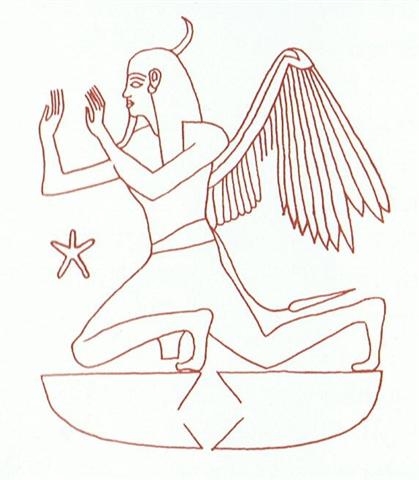6. There are 2 birds at the first vowel A: Day of the Winter Solstice - A - aidhircleóg, lapwing; alad, piebald. Why is the Lapwing at the head of the vowels? Not hard to answer. It is a reminder that the secrets of the Beth-Luis-Nion [the ABC of the pre-latin Ogham alphabet] must be hidden by deception and equivocation, as the lapwing hides her eggs. And Piebald is the colour of this mid-winter season when wise men keep to their chimney-corners, which are black with soot inside and outside white with snow; and of the Goddess of Life-in-Death and Death-in-Life, whose prophetic bird is the piebald magpie.
Furthermore, they are quite different in behaviour. Graves gives us a good description of the lapwing: In Wales as a boy I learned to respect the lapwing for the wonderful way in which she camouflages and conceals her eggs in an open field from any casual passer-by. At first I was fooled every time by her agonized peewit, peewit, screamed from the contrary direction to the one in which her eggs lay, and sometimes when she realized that I was a nest-robber, she would flap about along the ground, pretending to have a broken wing and inviting capture. But as soon as I had found one nest I could find many. The lapwing's poetic meaning is 'Disguise the Secret' and it is her extraordinary discretion which gives her the claim to sanctity. According to the Koran she was the repository of King Solomon's secrets and the most intelligent of the flock of prophetic birds that attended him. The lapwing needs many pages, so much is certain. But we cannot take that route now, or we will never come to the end of our voyage. The lapwing is at the end of the 'bird cycle', when the halfyear of Sun and the high sky dome is changing into a halfyear low down ('among the fishes'). The lapwing is a bird who has descended from the sky, landed, and she now has a new generation (her eggs) to protect. Therefore she pretends she has a broken wing. The sea swallow is a male youngster but the lapwing is a female. Change of sex is not impossible for a mythic creature, and it happens when daytime changes into night (and maybe also the other way around) - ear hole becomes ear spike when observed from the other direction. The broken wing refers to the season beyond Spring Sun, to the season of Moon. Omega (Ω) is close to Alpha (the foremost of the pack), and the last station of Sun overlaps the first station of Moon. In ancient Egypt the bird flapping with her wing was rechyt:
The outline of this standardized 'letter' was used in more refined cosmic compositions, where rechyt can be recognized by the single wing (drawn as if broken) and by the half-crescent moon at the back of her head:
Rechyt should be oriented as above, and not with her face towards right, I think. The wing feathers are turned downwards as if to hide from Sun and to protect. There are (3 + 7) + 8 = 18 feathers of different sorts and probably they represent 10 * 18 = 180 days. We can compare with the similarly used rongorongo glyph type haú:
And the triangular form of the 'house' formed by the wing is probably used in the added sign at bottom right in Gb1-5:
The fully grown man (tagata) has his right arm formed as a 'spike'. Then his head will be gone and turned upside down, with hanging maro feathers changed into signs of growth:
|






